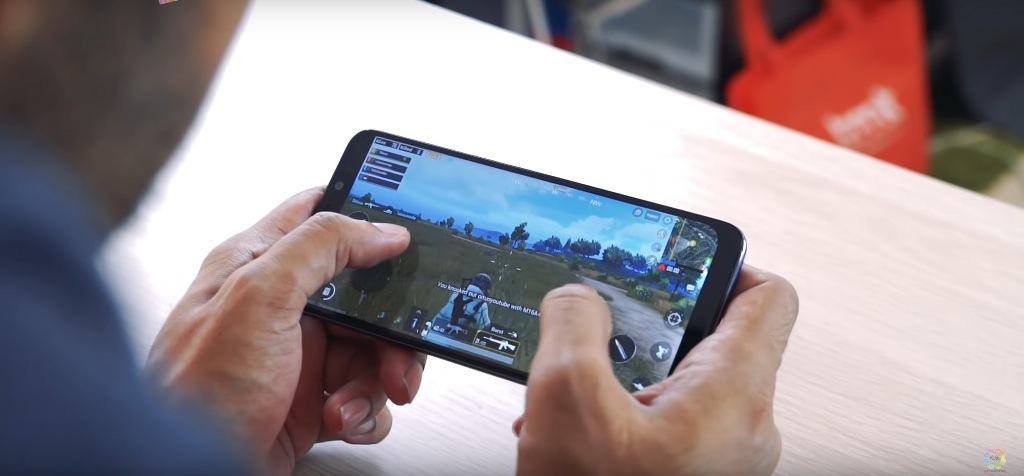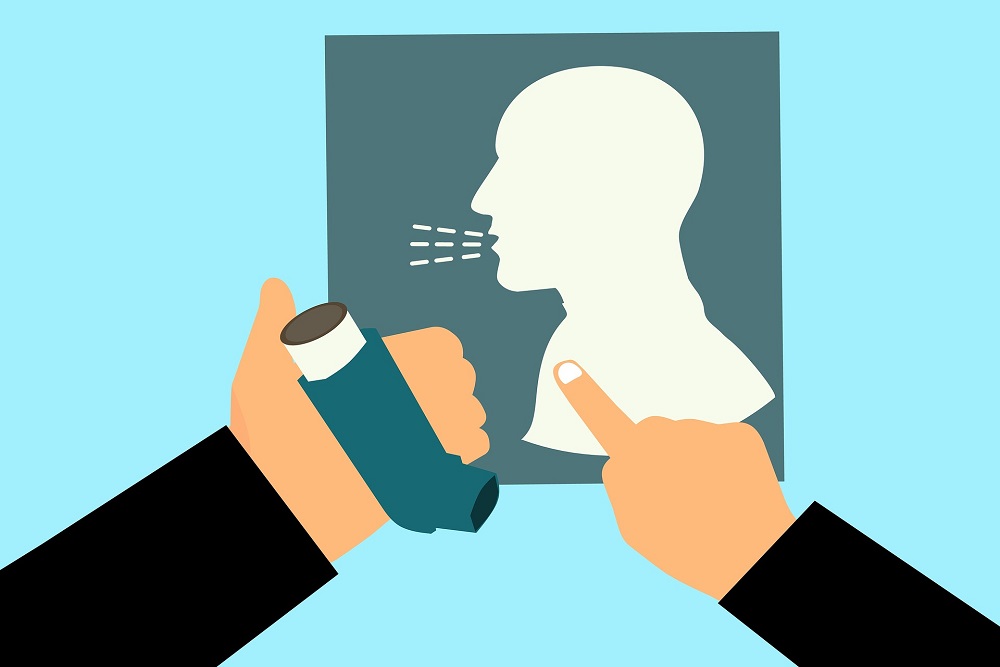Just three months ago, the community was talking about a viral post from “The Washington Post” headlining a journal from “The Scientific Reports” entitled “Horns are growing on young people’s skulls. Phone is to blame, research suggests”.
Background of the story
In a viral post on June 2019, a group of professors from Australia came out with a study regarding the effects of smartphone usage on Millenials. The study shows that spike-like bone features they call “horns” are evident in ages 18 to 30 years of age due to excessive smartphone usage. This study was submitted by Dr. David Shahar and Associate Professor Mark Sayers, both from the University of the Sunshine Coast in Queensland, Australia.
The study was based on at least 200 x-ray results from people of different ages. Spike like bone formation about 3cm in length known as enlarged external occipital protuberances(EOP) are found to be common on their findings.
In a statement by Dr. Shahar to BBC news:
I have been a clinician for 20 years, and only in the last decade, increasingly I have been discovering that my patients have this growth on the skull.
Lack of Scientific Basis
As early as the release of the journal, a lot of experts have already pointed out inconsistencies and misinformation regarding the study.
John Hawks, a paleoanthropologist studying human evolution is one of them. He gave insights on the information in the journal that is misleading and misdefined. The external occipital protuberance anatomically speaking occurs mostly on men often than in women, it is one of the determining factors of forensics to establish a skeleton gender.
Adolescences produce development in a person’s body, and the occipital protuberance is no exception. This explains the age group the journal covers. As for the increase of length in EOP due to phone usage, it seems to be vague and lacking supporting data.
Research in skulls of past populations hasn’t pointed out the role of posture on the development of these extra inches. If compared to smartphone usage, activities in the past like weaving and basket-making are more strenuous to the neck area but no relevant effect being founded.
The paper does not contain tables and figures that directly support the claim of the study. The scope of the data also is not that reliable since it only covers a small group on two different timelines resulting in inconsistent results.
https://twitter.com/kzwa/status/1146052410189725696
Viral posts are hard to undo
The main reason that the story went viral is that it involves current technology harming human life. The wide scope of affected users pointed out in the study makes it very alarming to the public. Especially in this modern time where almost everyone owns a smartphone and typically spends hours using it, these types of news can immensely gain public attention.
As of the moment, the researchers in charge of the study have already drawn their claim after receiving flak of criticism from experts of different sectors. But the problem with social media today is that news validity is less being paid attention to by the readers.
I hope this serves as a warning for open access journal sites to at least filter their journal uploads as to not create wrong information on possible attention-grabbing topics.







